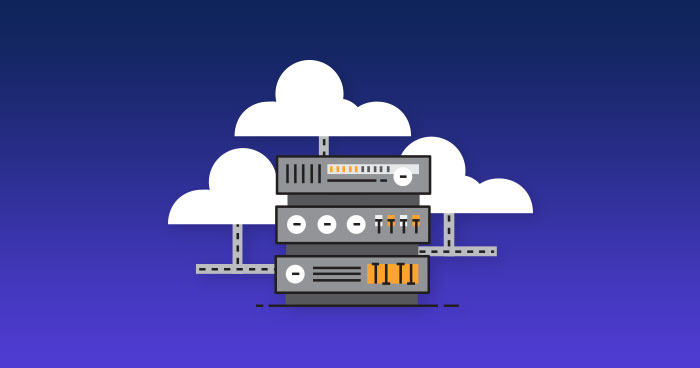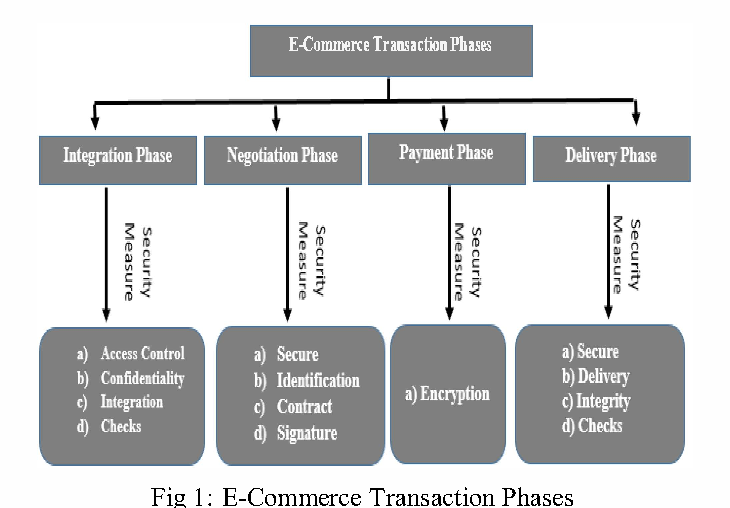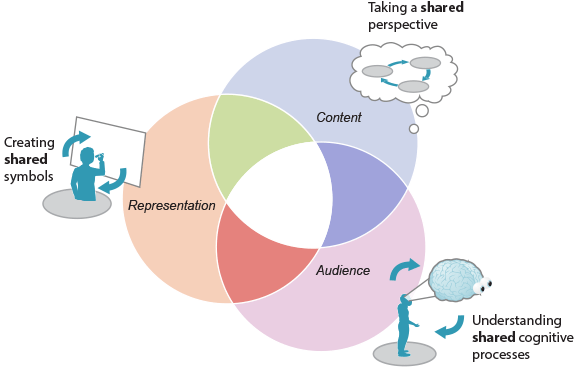
Wildcard certificates can be a good option for sites that require to secure several domains or subdomains simultaneously. These certificates are simple to install and can help businesses save money when compared with individual SSL certificates. But they do have a few risks.
Wildcard Certificates and their Risks
Wildcard TLS certifcates provide security for domains and subdomains of a single server. This is a good option for organizations who have to use HTTPS on multiple websites, but there are some security concerns.
Wildcard certificates pose the greatest security risk because if one server or subdomain becomes compromised, it can put all of them at risk. This is because a single point of compromise can be used to launch phishing attacks against all the other subdomains that use that certificate.
If the wildcard cert is revoked then all subdomains must be issued with a brand new certificate. This could be a large amount of work that can result in significant downtime on the site or service.

If the private key for a wildcard certificate is ever compromised, it could be used to launch traffic redirections. This is known as an Application Layer Protocol Allowing Cross-Protocol Attack.
A malicious cyber actor that has network access can exploit this vulnerability to steal sensitive information, including passwords and credit card data. The NSA warns about this threat and advises organizations to avoid using wildcard TLS in their infrastructure.
What is Wildcard cert?
A wildcard certificate is a digital SSL/TLS certificate that provides security for all the subdomains associated with a specific domain. The Certificate Authority issues it and the certificate is supported by all browsers, including mobile devices.
It is valid for an unlimited number of servers and can be reissued as many times as you like. It can be used simultaneously to secure many domains.
They are more secure than other options for securing websites. They are more robust, and they're easier to manage, than multi-domain certs. They are compatible with modern devices and web browsers.

In many cases, this is the best solution for companies that have to protect several domains and subdomains. Among these are organizations that use multiple subdomains like blogs, forums or shopping sites.
Wildcard certificates come in a variety of different forms. Each of them offers the same benefits but differs in pricing. VeriSign is one CA that prices wildcard certificates according to the domain they protect, whereas others price them based upon the total number domains.
A wildcard cert is an excellent option for companies that need to secure multiple domains, or subdomains, at once. The purpose of a Wildcard Certificate should be discussed with the Security Team and Leadership to make sure that the implementation is in the best interest of the company.
FAQ
Can I build my website using HTML & CSS?
Yes, you can! You will need basic knowledge of web design and programming languages like HTML (Hyper Text Markup Language) and CSS (Cascading Style Sheets). These two languages make it possible to create websites accessible by all who have an internet connection.
How to design your website?
First, you need to know what your customers want from your site. What do they look for on your site?
What problem might they face if your site doesn't have what they are looking for?
This knowledge will help you to identify the problems and then solve them. It is also important to ensure your site looks great. It should be easy to use and navigate.
Your site should be extremely well designed. It should not take too much time to load. People won't stay as long if it takes too long to load. They will go elsewhere.
You need to consider where your products are located when you build an eCommerce website. Are they all located in the same location? Or are they scattered around your site?
It is important to decide whether you will sell only one product or multiple products at once. Do you prefer to sell one type of product, or several types?
Once you have answered these questions, you can begin building your site.
Now, you have to think about the technical aspects of your site. What will it take to make your site work? Is your site fast enough to be useful? Can it be done quickly by people using their computers?
Will people be able to buy something without having to pay extra? Do they need to register in order to buy anything?
These are the essential questions you should ask yourself. Once you know the answers to these questions, you'll be ready to move forward.
WordPress is a CMS?
Yes. It is called a Content Management System. CMS allows you to manage the content of your website from within a web browser, instead of using applications like Dreamweaver and Frontpage.
WordPress's best feature is its free pricing! Hosting is included in the price, but you don't need to pay anything else.
WordPress was originally created to be a blogging platform. But WordPress now offers many more options, such as eCommerce sites or forums, membership websites and portfolios.
WordPress is easy and quick to install. The installation file must be downloaded from the website and uploaded to your server. Then, you simply visit your domain name through your web browser and log in to your new site.
After installing WordPress you will need to create a username/password. Once you have logged in, a dashboard will appear where you can view all of your settings.
From this page, you can add images, pages, posts, menus or widgets to your website. This step may be skipped if you feel confident editing and creating content.
You can also hire a professional web design firm to help you with the whole process.
What HTML and CSS are available to help me build my website?
Yes! Yes!
You now know how to build a website structure. Now you need to learn HTML and CSS coding.
HTML stands as HyperText Markup Language. It is similar to writing a recipe. It would list the ingredients, directions, and how to do it. HTML allows you to indicate to a computer which portions of text are bold, italicized and underlined. It also lets you know which part of the document is linked. It is the language of documents.
CSS stands as Cascading Stylesheets. This is a stylesheet for recipes. Instead of listing every ingredient and instructions, you create general rules about font sizes, colors, spacing and other details.
HTML tells a browser how to format a webpage; CSS tells a browser how to do it.
If you don't understand either of those terms, don't fret. Follow these tutorials to create beautiful websites.
What Kinds Of Websites Should I Make?
Your goals will determine the answer to this question. Your website should be able to sell products online. This will allow you to build a successful business. This will require you to set up a strong eCommerce site.
Blogs, portfolios, forums, and other types of websites are also popular. Each of these requires different skills and tools. For example, to set up a website, you need to understand blogging platforms such WordPress or Blogger.
You will need to decide how to customize your website's look when you select a platform. There are many templates and themes available that can be used for free on each platform.
Once you've chosen a platform, you can build your website by adding content. Images, videos, text, and other media can all be added to your pages.
It is now possible to publish your new website online. Visitors can view your site online once it has been published.
Statistics
- Is your web design optimized for mobile? Over 50% of internet users browse websites using a mobile device. (wix.com)
- Did you know videos can boost organic search traffic to your website by 157%? (wix.com)
- When choosing your website color scheme, a general rule is to limit yourself to three shades: one primary color (60% of the mix), one secondary color (30%), and one accent color (10%). (wix.com)
- In fact, according to Color Matters, a signature color can boost brand recognition by 80%. There's a lot of psychology behind people's perception of color, so it's important to understand how it's used with your industry. (websitebuilderexpert.com)
- The average website user will read about 20% of the text on any given page, so it's crucial to entice them with an appropriate vibe. (websitebuilderexpert.com)
External Links
How To
How can I choose the right CMS for me?
In general, there is a choice between two types Content Management System (CMS). Web Designers choose to use Dynamic CMS or static HTML. WordPress is the most well-known CMS. Joomla is the best CMS for professional looking websites. The powerful, open-source CMS Joomla allows you to build any website design with no coding skills. It's very easy to use and configure. Joomla includes thousands of templates and extensions so you don't have to hire a programmer to build your site. Joomla is free to download. Joomla is an excellent choice for your next project.
Joomla is a powerful tool which allows you to easily manage every aspect your website. Joomla has many great features including a drag-and drop editor and multiple template support. It also includes image management, blog management, blog administration, news feed, eCommerce, as well as blog management. Joomla is an ideal choice for anyone wanting to build a website, without needing to know how to code.
Joomla works on almost all devices. This makes it possible to easily develop websites for various platforms.
There are many reasons people choose Joomla over WordPress. These are just a few of the reasons Joomla is preferred to WordPress.
-
Joomla is Open Source Software
-
It is easy to install and configure
-
Many thousands of pre-made templates and extensions
-
Download and use it for free
-
All Devices are supported
-
These powerful features are available
-
A great support community
-
Very Secure
-
Flexible
-
Highly Customizable
-
Multi-Lingual
-
SEO Friendly
-
Responsive
-
Social Media Integration
-
Mobile Optimized